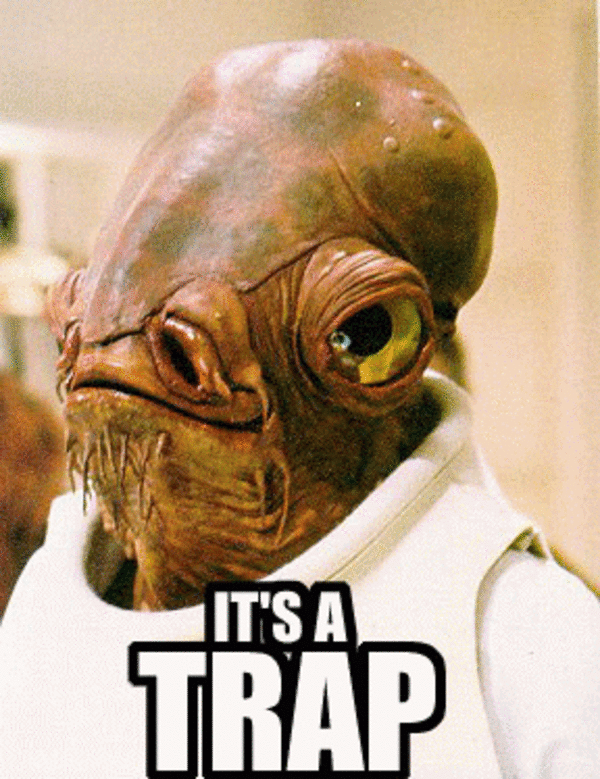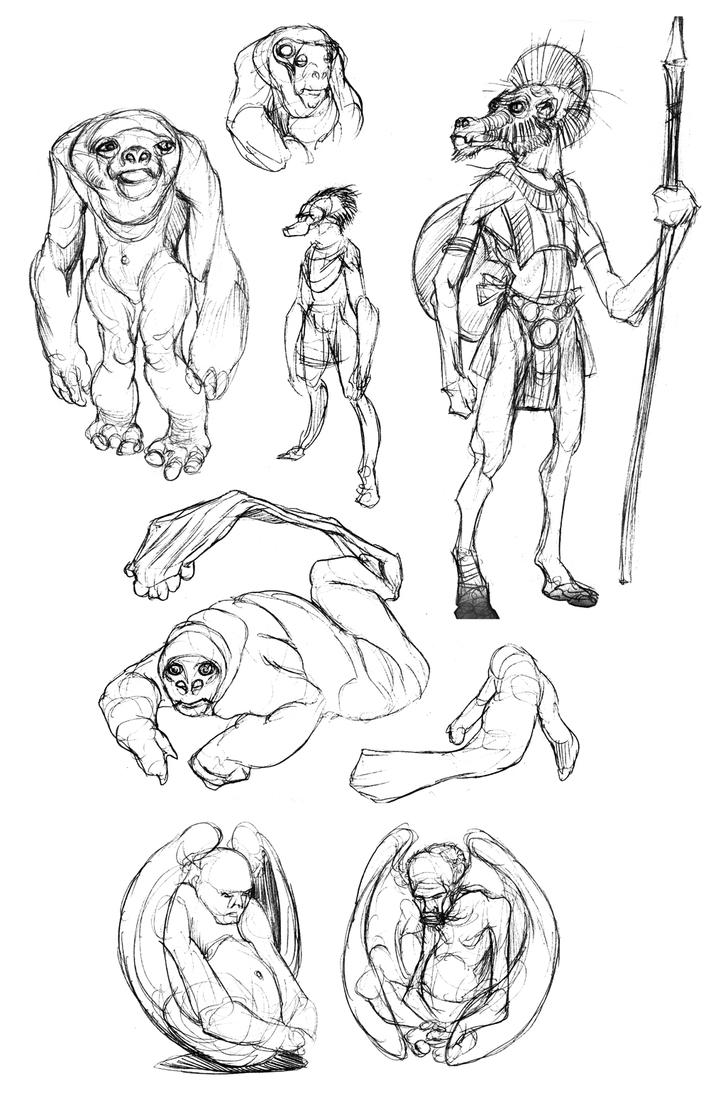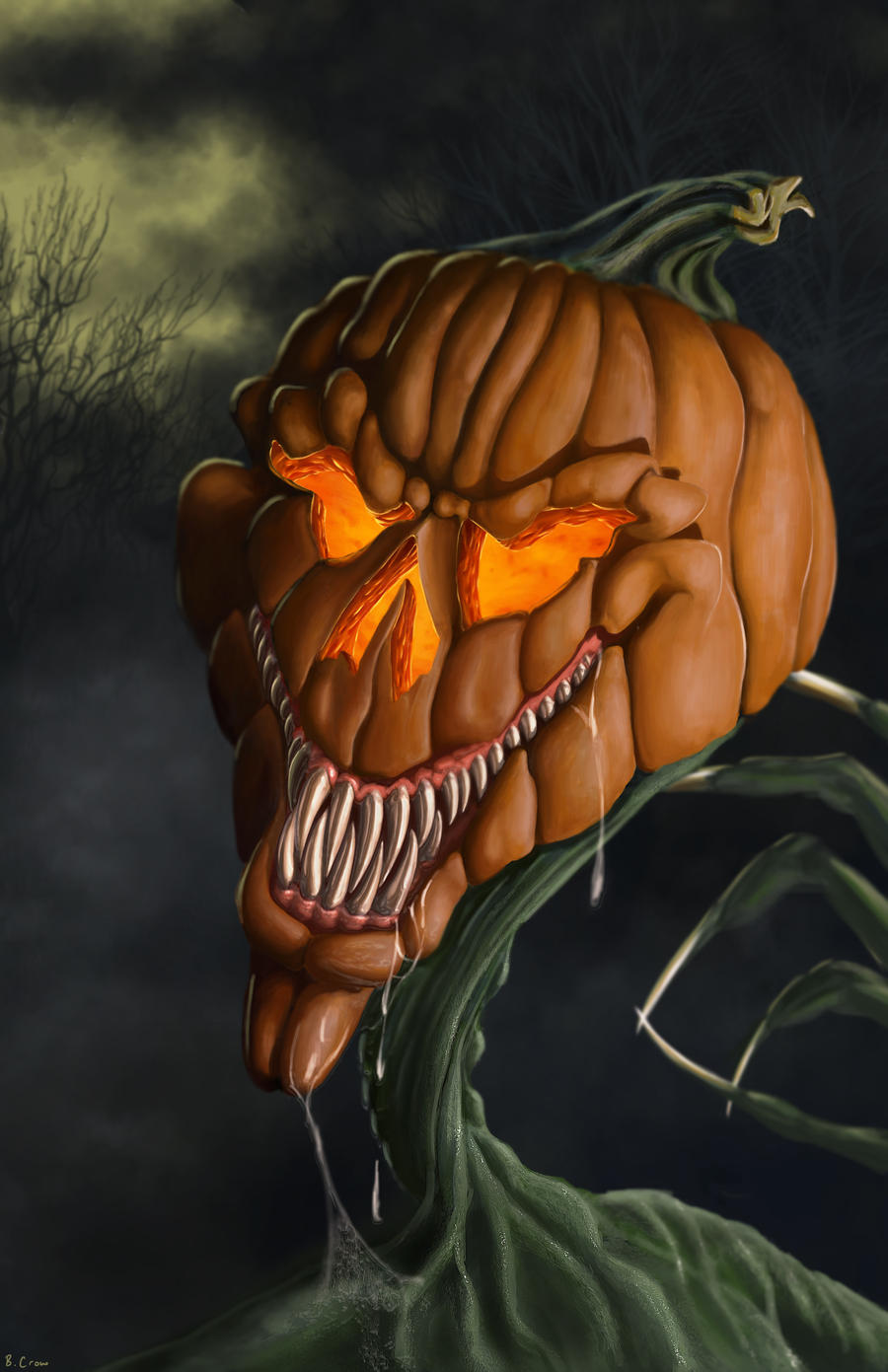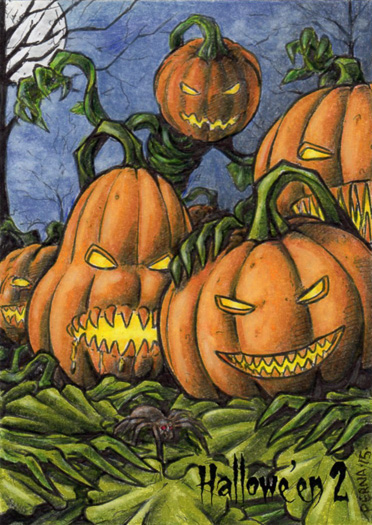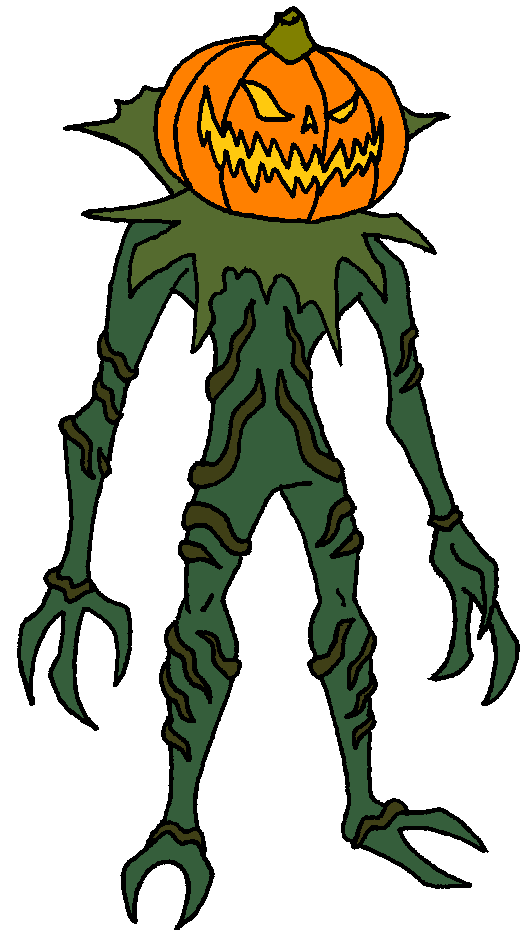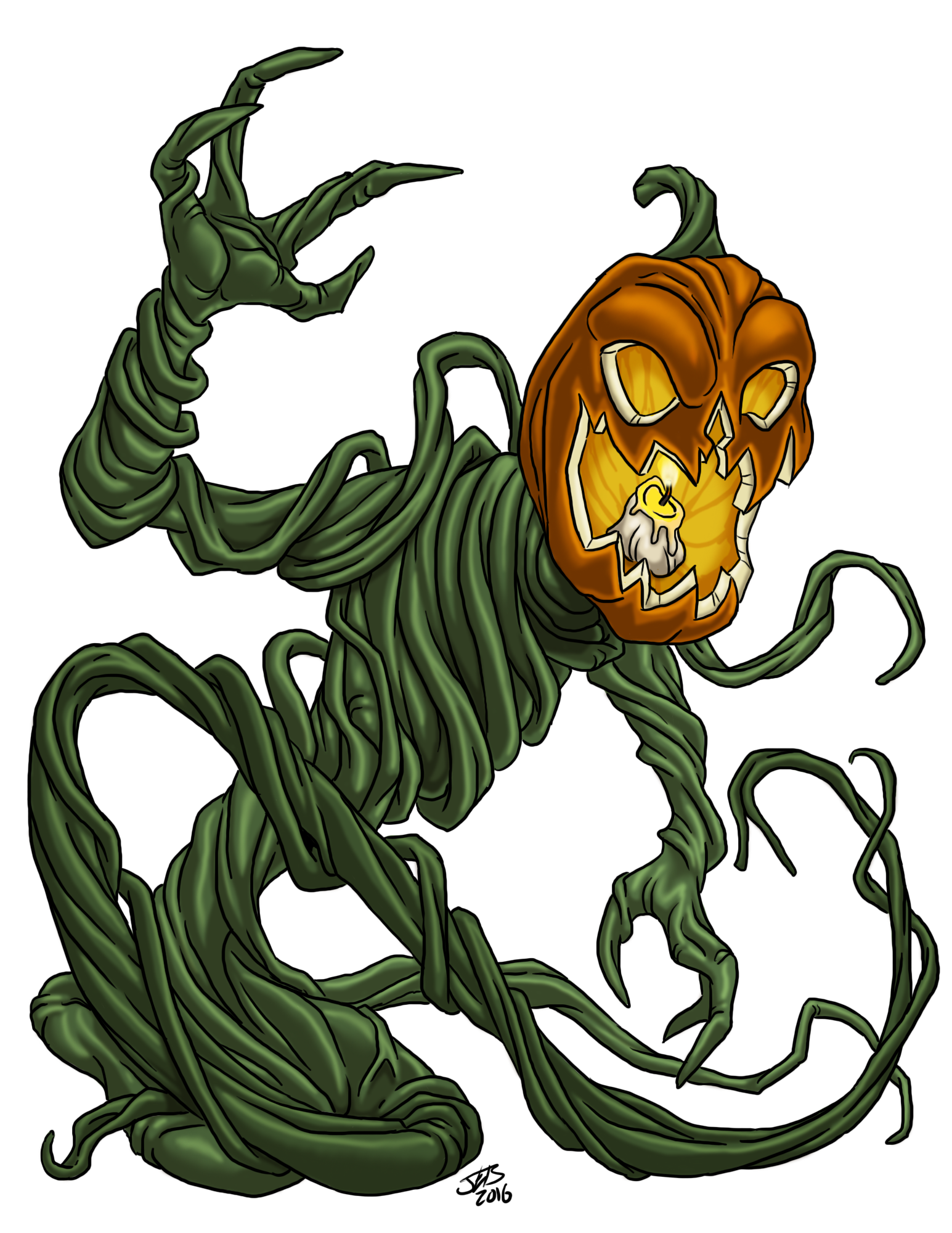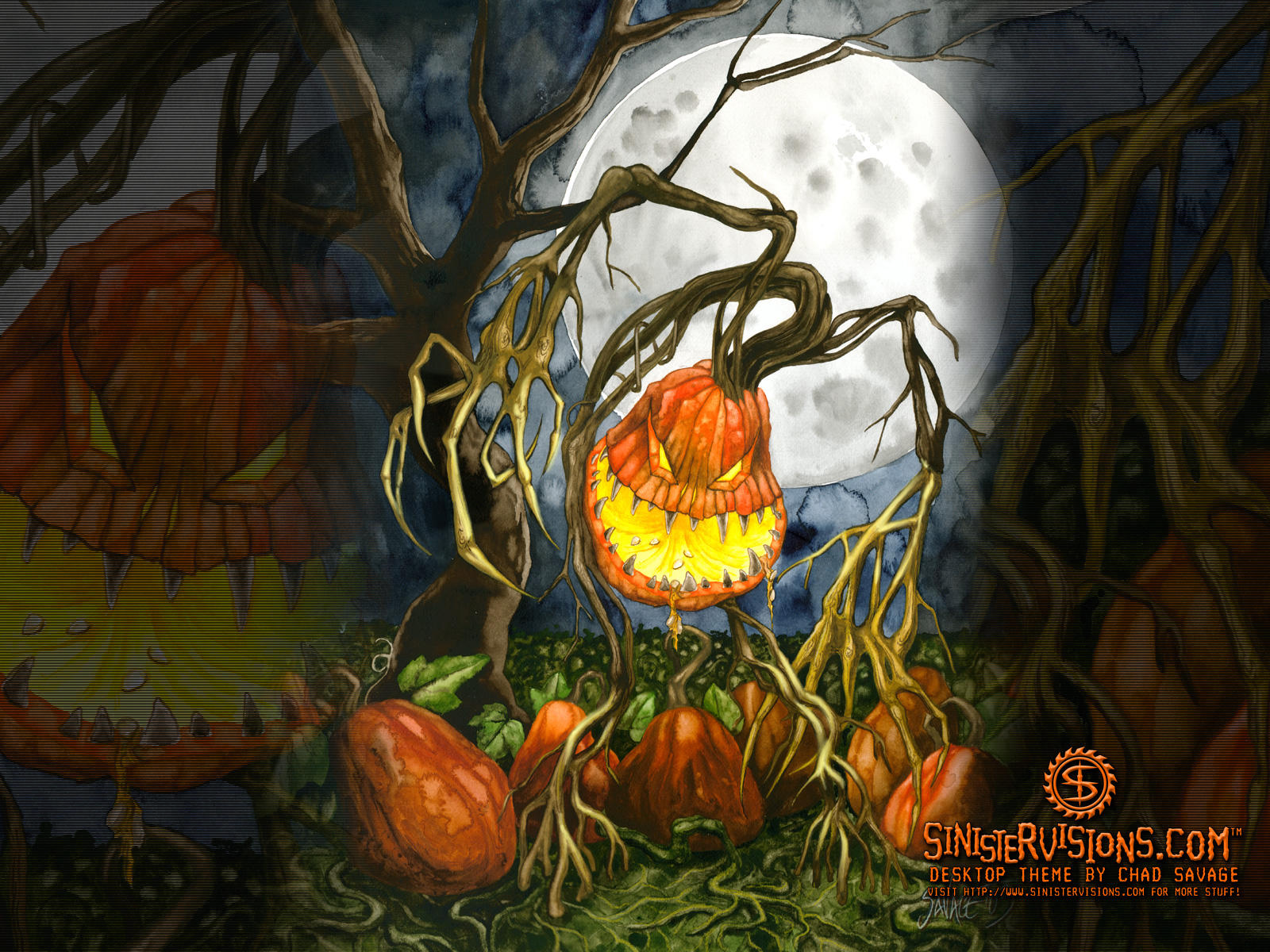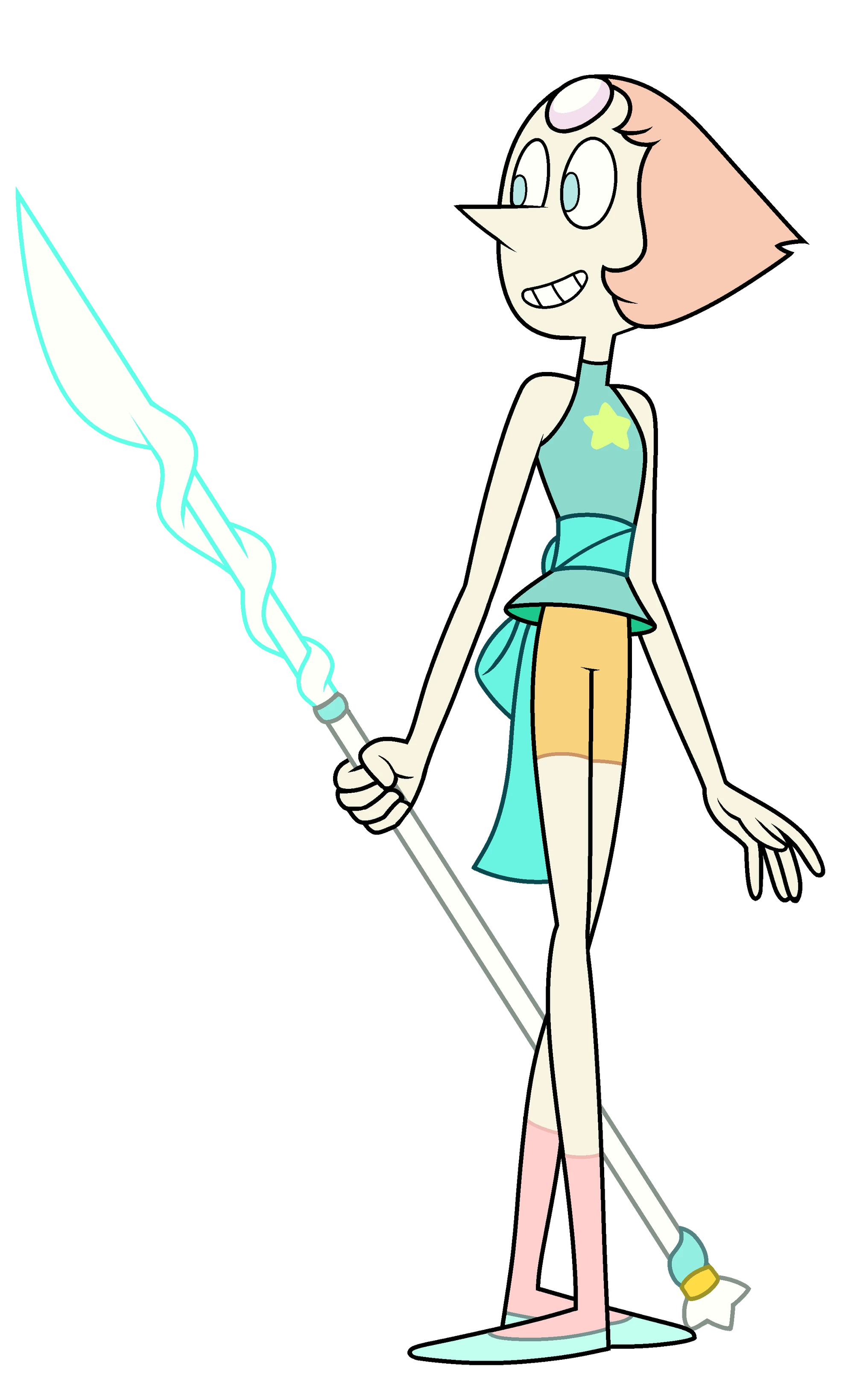Lapera: The Lapera are a very small race that closely resembles rabbits; the most obvious differences being larger skulls and somewhat longer forelimbs ending in hands rather than paws. On close examination their pupils have a small secondary pupil. They are in fact related to rabbits, around as closely as humans are to monkeys.
Much like true rabbits they by preference live in warrens dug into the ground; although unlike rabbits
their warrens are nicely furbished underground homes and towns rather than dirt tunnels. In places where the local humans are tolerant of non-humans, they've been known to build their settlements in parallel; human farm or town on the surface, a Lapera settlement underneath. Like their rabbit relatives Lapera are very good burrowers, especially since they use steel tools instead of their bare paws.
Lapera have excellent hearing, and can also sense & locate vibrations by resting their long ears on a surface; they can often detect creatures walking on the surface by feeling the roof of a tunnel. Their sense of smell is likewise excellent, nearly as good as a dog's.
Their side-mounted eyes grants them nearly 360 degree vision; however their secondary pupils give them short-ranged binocular vision for close-in work. They have better color vision than rabbits, but differently than humans; they are trichromats like humans, but their vision extends well into the ultraviolet. Their transparent nictitating membrane protects their eyes from being damaged by the powerful ultraviolet of sunlight, at the cost of blocking that part of the spectrum; as a result to them daytime is brightly lit but relatively colorless compared to night. Their night vision is very good, letting them see in near pitch darkness even not taking into account the number of things that glow ultraviolet.
The Lapera make heavy use of a symbiotic fungus they have bred, a dustlike organism that has the useful trait of ultraviolet bioluminescence. They sprinkle it in thin layers over everything in their warrens and often themselves, creating a dim glow they can see but very few others can, even with no other light sources. The fungus can subsist on the natural nutrients found in the environment with minimal active care, and also sops up moisture helping keep their underground settlements dry. It also eliminates the need to try to conventionally illuminate miles and miles of underground tunnels. Lapera expecting to go outside wash themselves clean however, just in case there's actually someone or something that case can see the UV glow out there (like owls, for example).
Lapera are biologically herbivores, but in practice actually quite like meat and eat it regularly. They have a type of domesticated rodent that serves them as the equivalent of cows, for milk, leather and meat. They avoid eating rabbits and hares, both because they tend to find the idea creepy and because such animals are more likely to carry diseases that can affect them. They have also developed many variety of crops which produce something that translates as "root fruit"; edible extensions of the roots which can be plucked free and eaten without harming the plant. There are even cooperative farms, where humans farm plants from above, while Lapera farm them from below. While the Lapera do demand their share of the resulting harvest, such techniques increase yield well enough to more than make up for it.
Such cooperation between humans and Lapera works out well, usually. Humans keep away or kill off the large predators that are dangerous to the diminutive Lapera, while the Lapera hunt and kill all sorts of destructive pests that humans find difficult to handle; not to mention simply eating things like weeds. And fighting each other is awkward enough for both races that it happens less often than you might expect. It's hard for humans to even
find a Lapera if they don't want to be found, and while they
can if they have to for obvious reasons Lapera aren't really enthused by the idea of fighting a bunch of giants.
Being organized, small and herbivorous means they can achieve really ridiculous population numbers compared to humans in the same conditions. One result of this is that they are often significantly more sophisticated than humans in the same region, especially when it comes to anything that doesn't require muscle power.
They are strong for their size and agile, able to hop to chest height on a human. They are also very quick; any human watching a Lapera is struck by how twitchy and hyperactive they are, how they move quickly and often. In fact Lapera actually live more quickly than humans; they literally think faster as well as move faster. Lapera have a forty year lifespan; but from their viewpoint that's more like a century and a half. Humans who deal in a friendly way with Lapera learn to do things quickly, to avoid irritating the Lapera in question with their sheer slowness.
The Lapera have three genders; male, female and neuter. Female Lapera are noticeably larger than males; while neuters are smaller than either, with smaller heads as well. The neuters are also not truly sapient, which is why the small head; they have smaller brains. Lapera females have conscious control over their fertility; they can both choose to have offspring or not, and even roughly choose how many. They can also choose whether to produce gendered Lapera or neuters (but not whether the gendered are male or female). The Lapera name for the non-sapient neuter gender translates as Sleepers, for the reasons below.
Lapera lack an afterlife, and instead undergo a form of reincarnation. Each newborn Lapera inherits a soul, and as they grow they recover more and more memories from that soul. This is a gradual thing; they only gain access to the memories of former lives as their own mental sophistication increases. So a baby only has the past life memories of babies, and so on; this lets Lapera develop faster than human children, while still developing their own personality. They rapidly learn knowledge and skills they possessed in past lives, as it's remembering as much as learning. They can however consciously suppress unwanted or unpleasant soul-memories. Over time a Lapera tends to develop into a blend of new personality traits and the older soul-memories.
This grants them a sort of semi-immortality. As the remember their past lives, to a certain extent that past life lives again. It also gives them an interesting variant on the concept of damnation; as they can consciously choose to reject & forget soul-memories, a Lapera who commits evil deeds has the risk of suffering a form of
damnatio memoriae; being denied the only afterlife their kind has by being deliberately forgotten.
This soul-memory is why their non-sapient neuters are called Sleepers; the Sleepers have access to the knowledge of their past selves, but not the ability to truly understand it. Those memories however do give them the ability to understand far more than an animal can, and to understand language as well. As a result the Sleepers are used as a servant caste, they do all the mindless labor and scutwork because they are both capable of understanding what is desired but not intelligent enough to do anything more creative. In effect, robots.
Sleepers are treated quite a bit better than such castes usually are though; the other Lapera
remember being Sleepers themselves after all. It's simply regarded as a social useful rest between lives, rather than something deserving of abuse or contempt.
Another effect of their soul-memory is a strong tendency towards egalitarianism. They tend to dislike the concept of creating an oppressed class due to the risk of being reborn as a member of it.
